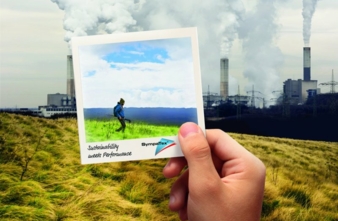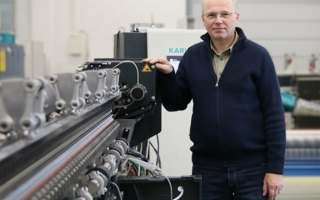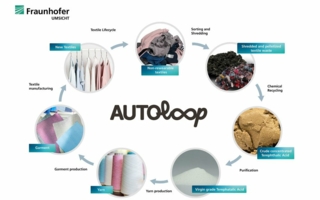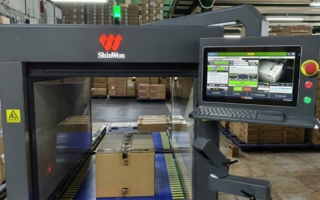22/05/2019 – Sustainability — auf Deutsch lesen
Latest outdoor trends
Growing numbers of manufacturers are turning their attention to sustainability. Some companies have already taken the leap and switched to SpinDye technology.
Although the colours for the collections have to be selected very early on, the technology slashes water consumption by 75 percent when compared to fibre dyeing. Given that India’s textile industry consumes 1.6bn litres per day, this represents a huge saving. Fjällräven has without doubt been an influential, pioneering force in this field.
Saving raw materials, recycling PET
Sympatex developed the Sympatex membrane, which is 100 percent recyclable and has been free from PFC and PTFE for over 30 years. It has been carbon neutral since 2017. 50 times less CO2 is created in the production of the Sympatex membrane compared to PTFE membranes.
Vaude has designed the latest version of the Kabru Light Jacket with recycled and reconditioned down. The outer material is also made from recycled polyamide.
The North Face has unveiled the completely PFC-free laminate FutureLight, which comprises a high proportion of recycled components.
Since 20 percent of global water pollution can be attributed to textile processing, companies urgently need to minimise the use of chemicals in the production process.
Sympatex has long since offered Bionic Finish Eco, an environmentally friendly, fluorocarbon-free Durable Water Repellency (DWR) finish. Made from paraffin and beeswax, Fjällräven’s G-1000 also represents an environmentally sound alternative. Jack Wolfskin has introduced a new technological innovation, the Super DWR Technology, where the yarn is coated with a water-repellency treatment, thus eradicating the need to use either water or chemicals during the production process.
Natural fibres can also save on chemicals
The Südwolle Group makes wool with Naturetexx Plasma machine washable, without water or chemicals, using only air and electricity. The process is suitable for all wool and wool blended fabrics.
Ever since microplastics became a huge problem, natural fibres such as wool, cotton – also in blends – and silk, have been gaining popularity. Cotonea (Gebr. Elmer & Zweifel GmbH & Co. KG), for example, does not always use dyes, celebrating instead the natural colour of cotton from Sally Fox, USA.
Since all the resources deployed in textile production are finite, companies Helly Hansen, Houdini, L.L.Bean, Norrøna and Vaude have together gone in search of a new pathway.
PrimaLoft Bio fibres are made exclusively from recycled materials. A special further development of the synthetic fibres now ensures that they bio-degrade far more quickly. When the fibres come in long-term contact with microbes on landfill sites or in the ocean, the microbes break down the fibres far more quickly than conventional synthetic fibres. All that is left is water, methane, CO2 and biomass.
The textile industry has set itself some ambitious goals and is well on the way to achieving them. Even so, ecologically produced clothing is only really sustainable if it is worn for a long time. In response, outdoor manufacturers such as Vaude, Patagonia and Peak Performance are extending their products’ life-cycles with the help of Second Life Initiatives. All in all, it’s a great outlook for the future!





